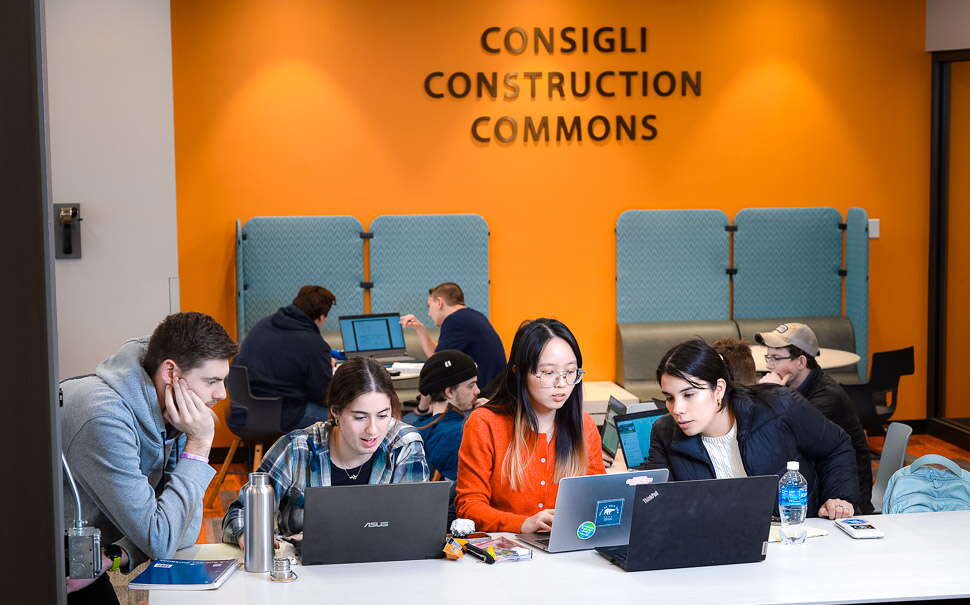
UMaine rolls up its sleeves: Innovation at the heart of university’s growth plans
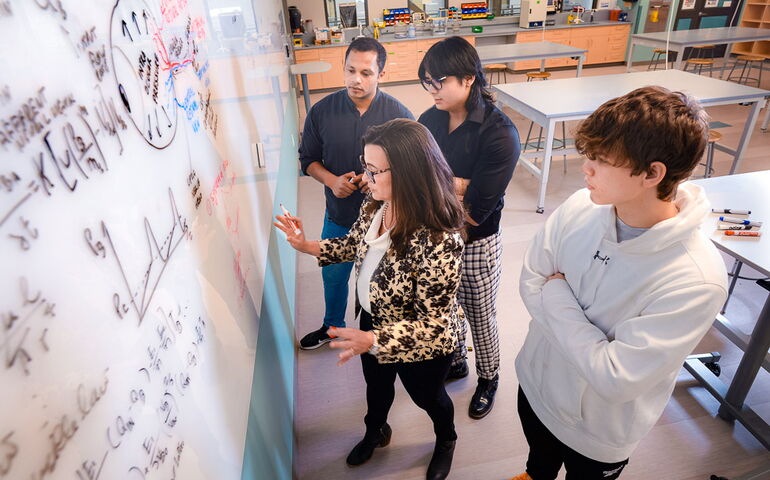 Photo / Fred Field
Giovanna Guidoboni, dean of the College of Engineering and Computing, diagrams an aspect of ocular hemodynamics as she speaks with, from left, doctoral candidates Mohamed Zaid and Rajat Rai and first-year student Kristian Jacques.
Photo / Fred Field
Giovanna Guidoboni, dean of the College of Engineering and Computing, diagrams an aspect of ocular hemodynamics as she speaks with, from left, doctoral candidates Mohamed Zaid and Rajat Rai and first-year student Kristian Jacques.
There’s a notion that college campuses are for college students, it’s often parents who are most impressed by new buildings and investment.
And at the University of Maine campus in Orono, parents have plenty of reasons to be wowed. Students may be impressed by the buildings and what they might mean for the next four years, but their parents likely see possibilities for the future.
“Parents are really interested in seeing that ‘pathway to a career.’ We can prepare the innovators of tomorrow,” says Joan Ferrini-Mundy, president of the University of Maine.
Within the past two years, UMaine has unveiled the E. James and Eileen P. Ferland Engineering Education and Design Center — a $78 million structure that is the backbone of the university’s engineering and innovation programs, with:
- 10,000-square-foot multidisciplinary student project design suite with 48 workbenches supported by shops for biomedical, electronics, 3D printing, vehicles, metals, wood and composites.
- 10,000-square-foot biomedical engineering research lab suite
- Six active learning classrooms
- 12 team meeting rooms
- Teaching labs for mechanical engineering, biomedical engineering and mechanical engineering technology
- Student common on first and second floors
- Welcome center and focal point for campus-wide STEM outreach.
Education on the ground floor is devoted to woodworking and machine shops, and as you go further upstairs the engineering concepts get more technical, until you are in clean biotech labs on the top floor.
“You’re an innovator as soon as you get in the door,” says Ferrini-Mundy.

The structure is set up so classrooms are next to labs, making it a more seamless experience going from theoretical learning to learning by doing. In each setting, professors are offering guidance.
“I was upset when I was an undergrad and only a few professors would have a scientific discussion with an undergrad,” says Giovanna Guidoboni, who joined UMaine in 2022 as dean of the UMaine College of Engineering and Computing.
Students are encouraged to develop a “discovery and dream mindset,” she says. The student may think, “Maybe an idea will come from a textbook or maybe I will find a new solution.”
Students are also encouraged to think about ideas and products that might have a commercial value.
“If there’s a commercial aspect, we have to ignite the fire,” Guidoboni says.
Yet the Ferland Center isn’t the only hub of STEM learning.
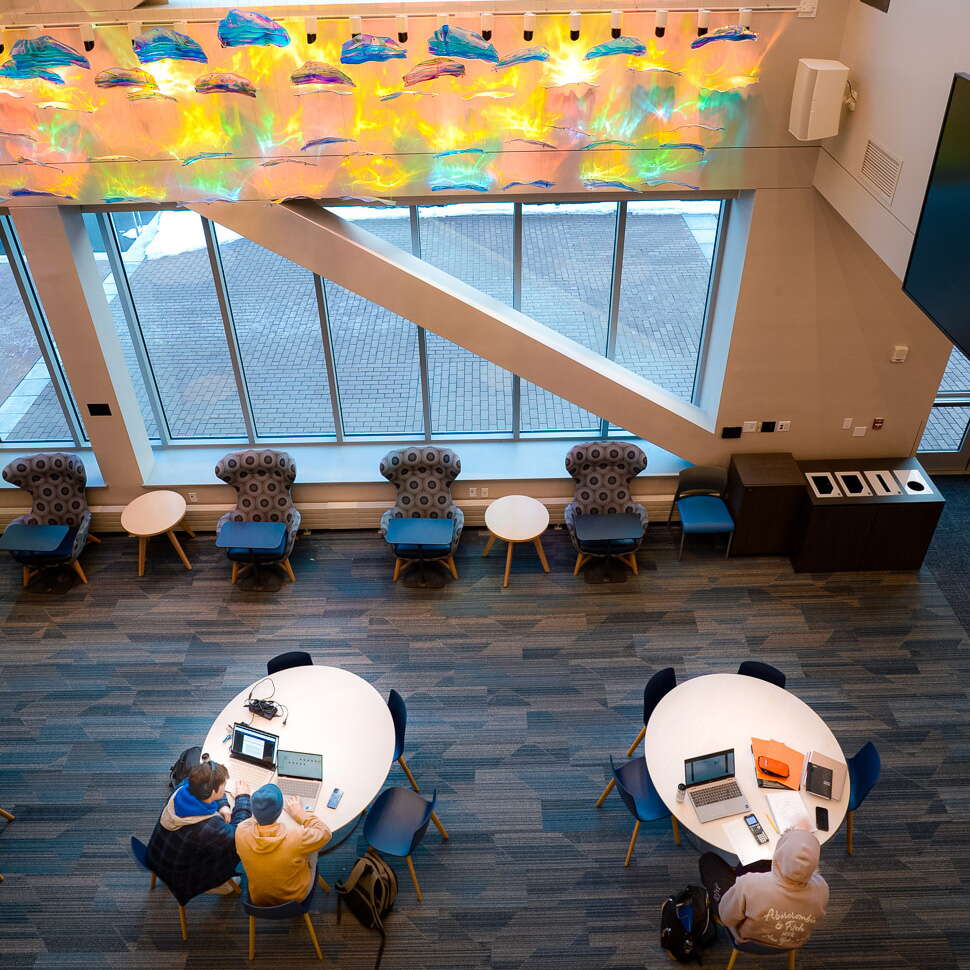
UMaine has been able to jumpstart innovation initiatives with an investment of $240 million from the Harold Alfond Foundation. The Alfond funding underwrites research learning experiences in the first year of college, a “gateways” center and in career development or pathways to a career.
This summer, UMaine will break ground on the Green Engineering and Materials Building, what will be called the Factory for the Future, a 60,000-square-foot center for mass-timber research. Guidoboni says it will offer students “the convergence of experience and learning” in physics, math, chemistry and design. The project was kickstarted by $35 million in federal funding.
The GEM Factory of the Future will build on the success of two legacy programs at UMaine.
The Foster Center for Innovation, led by Renee Kelly, who also oversees the commercialization support and innovation programs of the University of Maine, including the MIRTA Accelerator program, Foster Center for Innovation, UMaine’s I-Corps Site and business incubation programs.
The Advanced Structures & Composites Center, which is led by Dr. Habib Dagher, has over the years developed technology for offshore wind systems and a widely adopted “Bridge in a Backpack,” which has applications for the military, public infrastructure and development.
More recently, the Advanced Structures & Composites Center has become renowned for its giant 3D printer, which has produced boats and now houses.
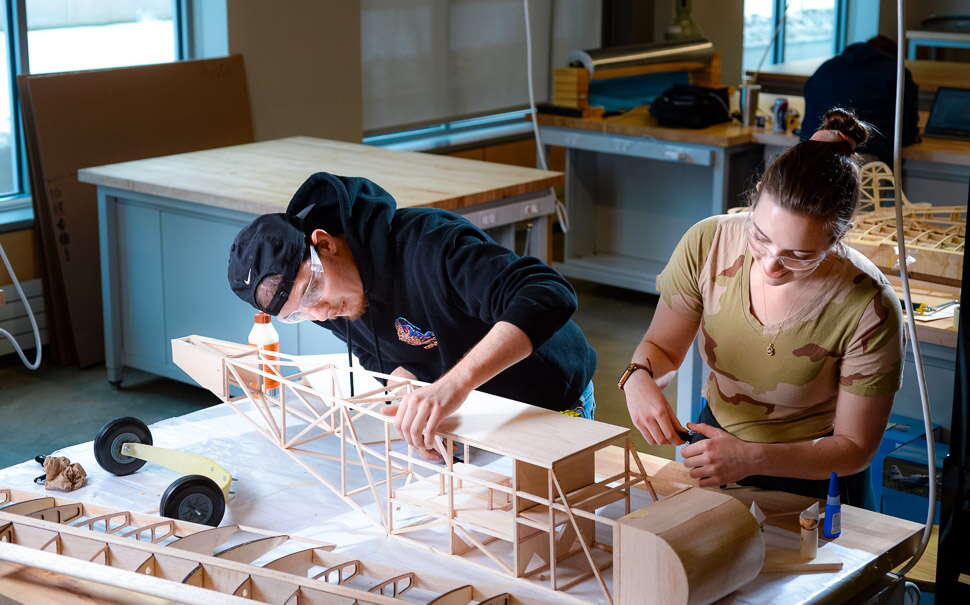
3D-printed houses
The University of Maine attracted global attention within the sustainable design community when its engineers unveiled a house entirely manufactured by a 3D printer whose ink was made of wood residue.
The University of Maine’s 3D printer is the largest in the world, capable of producing objects up to 100 feet long by 22 feet wide by 10 feet high.
The university subjected the 3D-printed house prototype to a battery of field tests to gauge its durability in Maine winters.
After a year of leaving the prototype house outside and using sensors and observations to measure every inch of the place, the project team confirmed the 600-square-foot house is livable.
The homes could be both affordable and predominantly made with biobased materials, according to Dagher of the University of Maine Advanced Structures and Composites Center.
A 600-square-foot house requires some 10 tons of wood residuals, meaning homes could be produced using the waste byproduct from sawmills, UMaine says.
CNCs meets the Knights of the Roundtable
On a smaller scale than the house, UMaine students and faculty used 3D scanning, combined with layered Computer Numerical Control machining, to produce a life-sized sculpture of a medieval knight.
The sculpture looks like stone but is actually made from poplar wood, sourced from Kings Mountain Hardwood in Orrington.
Sean Michael Taylor, a research engineer for UMaine’s Innovative Media Research and Commercialization Center, created the sculpture for History Live! North East, a nonprofit in Knox County that offers K–12 schools history lessons that involve showcasing and demonstrating various artifacts.
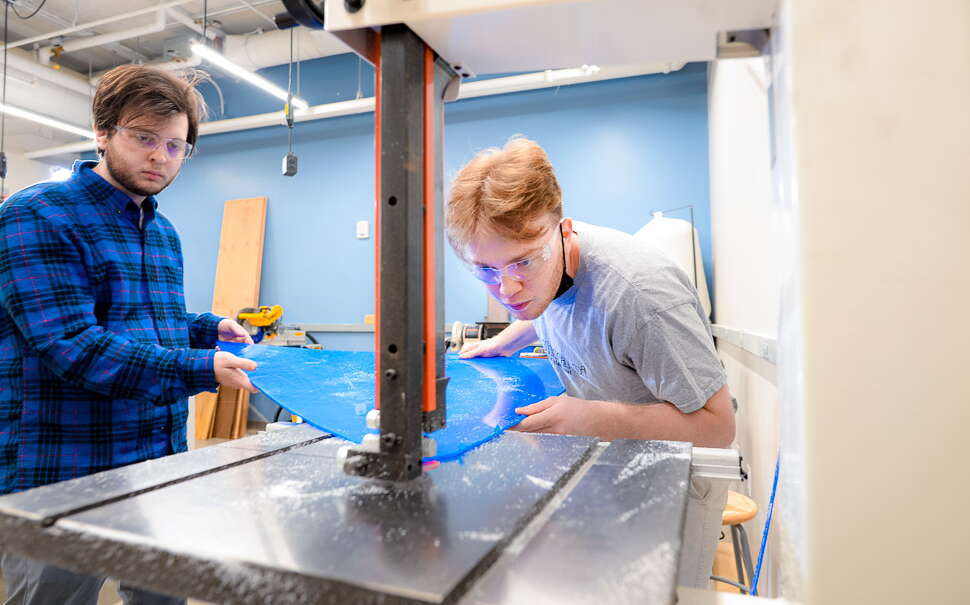
The project, which took more than two years, started with Ian Donnelly, who has since graduated from UMaine. He designed a 3D-model of the knight primarily through photogrammetry, a process that involved stitching together numerous photos of the nonprofit’s founder, Matt Blazek, dressed in armor.
From there, Taylor and his students, James LeBlanc, Ian Beckett, Mason Bloomquist and Maine Space Grant Consortium MERITS Program Intern Cooper Parlee refined the design and coded instructions for how IMRC technology could bring it to life. They shared a file with both with the CNC machine at the center, which milled the knight from a large block of wood in many two-inch layers over 24 hours of actual cutting time.
Taylor and his students then glued the layers together, scraped out excess wood and added details to the sculpture by referencing the 3D model in the software viewer and examining it from different angles.
If there’s a commercial aspect, we have to ignite the fire.
— Giovanni Guidoboni, College of Engineering and Computing
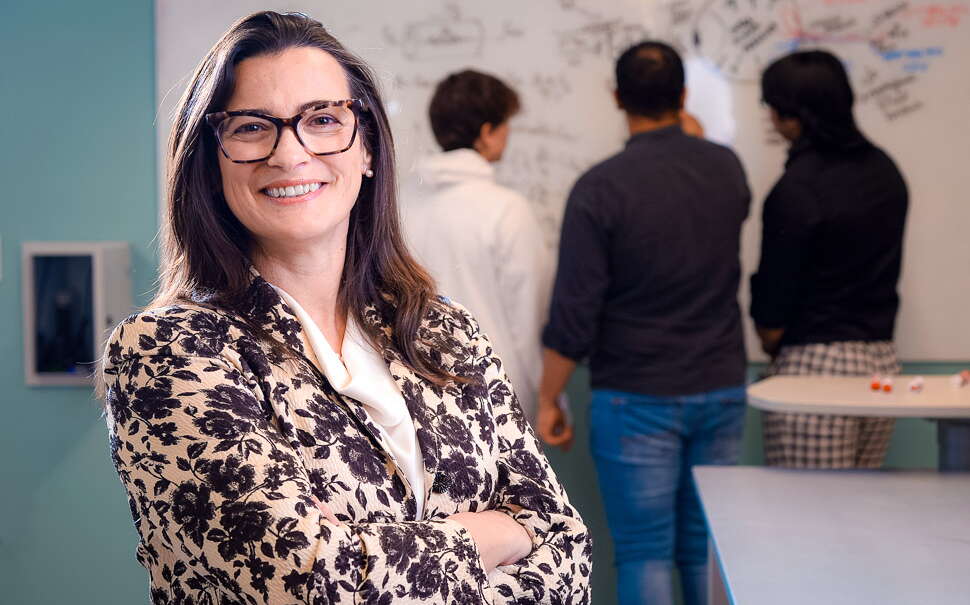
Mainebiz web partners
Great stuff at a great school in addition to Floating Offshore wind, Sensor tech, Biofuels, Semiconductor fab, etc - overshadowed sometimes by the media coverage of the great Alfond gift to Athletics which will create some of the best facilities in the NE.



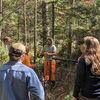









1 Comments